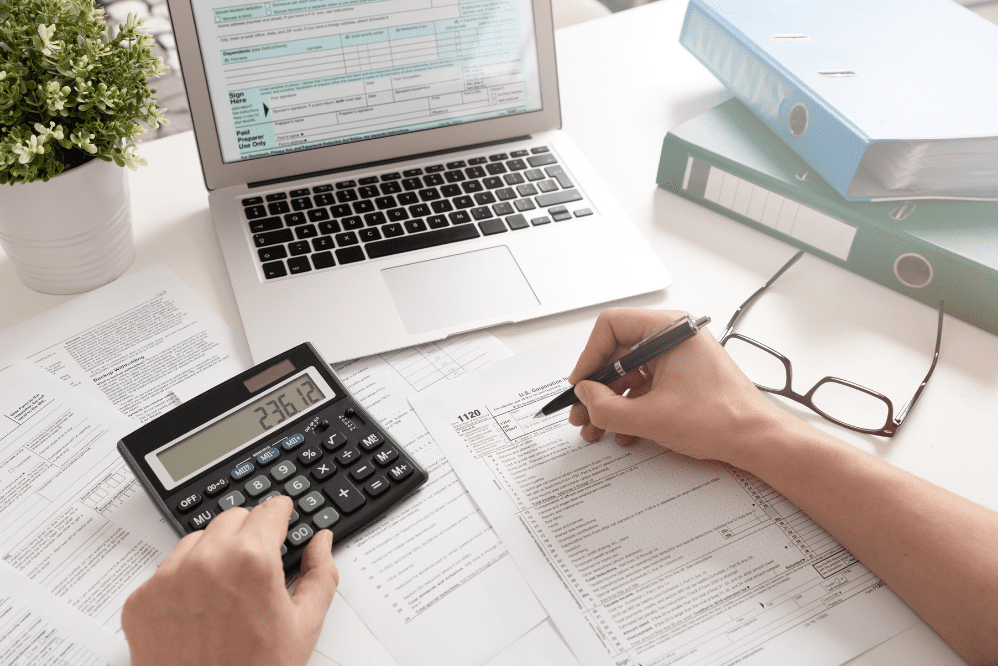As R&D tax consultants, we find that something that can slow down the compiling of an R&D tax relief claim is the allocation of time spent on a project.
Apportioning time after the fact can be a challenge, especially when one or two people have worked on multiple R&D projects during the period.
Accurately assigning time spent on R&D is a core part of calculating the staff costs, and failure to do this without an appropriate method can leave the door open to HM Revenue and Customs (HMRC) enquiry.
Why does time allocation matter?
Accountants and innovative businesses should both understand the importance of accurately recording data.
HMRC are also explicit about its expectations regarding the allocation of time spent conducting R&D.
While an innovative business does not necessarily need to have recorded every second spent doing their work, they should use a reasonable, consistent method to identify qualifying costs and be able to explain how any estimates were reached.
If we view this from an enquiry perspective, it becomes apparent that the better the record keeping, the easier it would be to defend the allocations.
HMRC accepts that some apportionment is unavoidable, but it expects evidence of the method and the rationale for its use.
Ultimately, it is necessary for the time a competent professional spends working on R&D to be clearly distinct from the time they spend conducting their regular or routine work.
How can time tracking for R&D tax relief claims be improved?
There are a few options open to innovative businesses that would like to get a clearer picture of the time spent working on R&D.
The simplest would be to utilise timesheets.
Having the competent professional clock in and out of the R&D work could give a more structured view of how they spend their day.
Where timesheets are front-loaded and contemporaneous, they show HMRC exactly who worked on which experiment and for how long.
However, as with the scramble to allot times when compiling an R&D tax relief claim, timesheets can fall down if filled in retroactively.
This opens the door to inaccurate guessing and vague approximations of the time spent conducting R&D.
Instead of relying on a time sheet that could distract from getting into the R&D work, innovative businesses should consider using an automated time tracking system.
This could be something as simple as a basic spreadsheet, or it could be a piece of software designed to log the amount of time taken doing R&D work.
Whatever system your client feels would work best for them, the important thing to focus on is building time tracking into their regular routine.
Don’t forget to encourage your clients to capture all indirect time (maintenance, security, administration and clerical activity) as well as any direct activity that seeks to overcome scientific or technological uncertainty.
In the same way that inputting a password to access a computer is second nature, starting and stopping the clock needs to become an essential part of R&D work.
If time tracking is conducted in a way that can be evidenced, innovative businesses will not have to underestimate the time their competent professionals spend doing R&D work for fear that HMRC will query the figure.
In the event of an enquiry, accurate record keeping is the best way to defend a compliant R&D tax relief claim.
In the absence of record keeping, a clear, defined ‘Appropriate Apportionment’ methodology, following the HMRC Simple Guide to R&D, is legitimate evidence.
We can help you to take the guesswork out of R&D tax relief claims by encouraging innovative businesses to improve their record-keeping processes.



